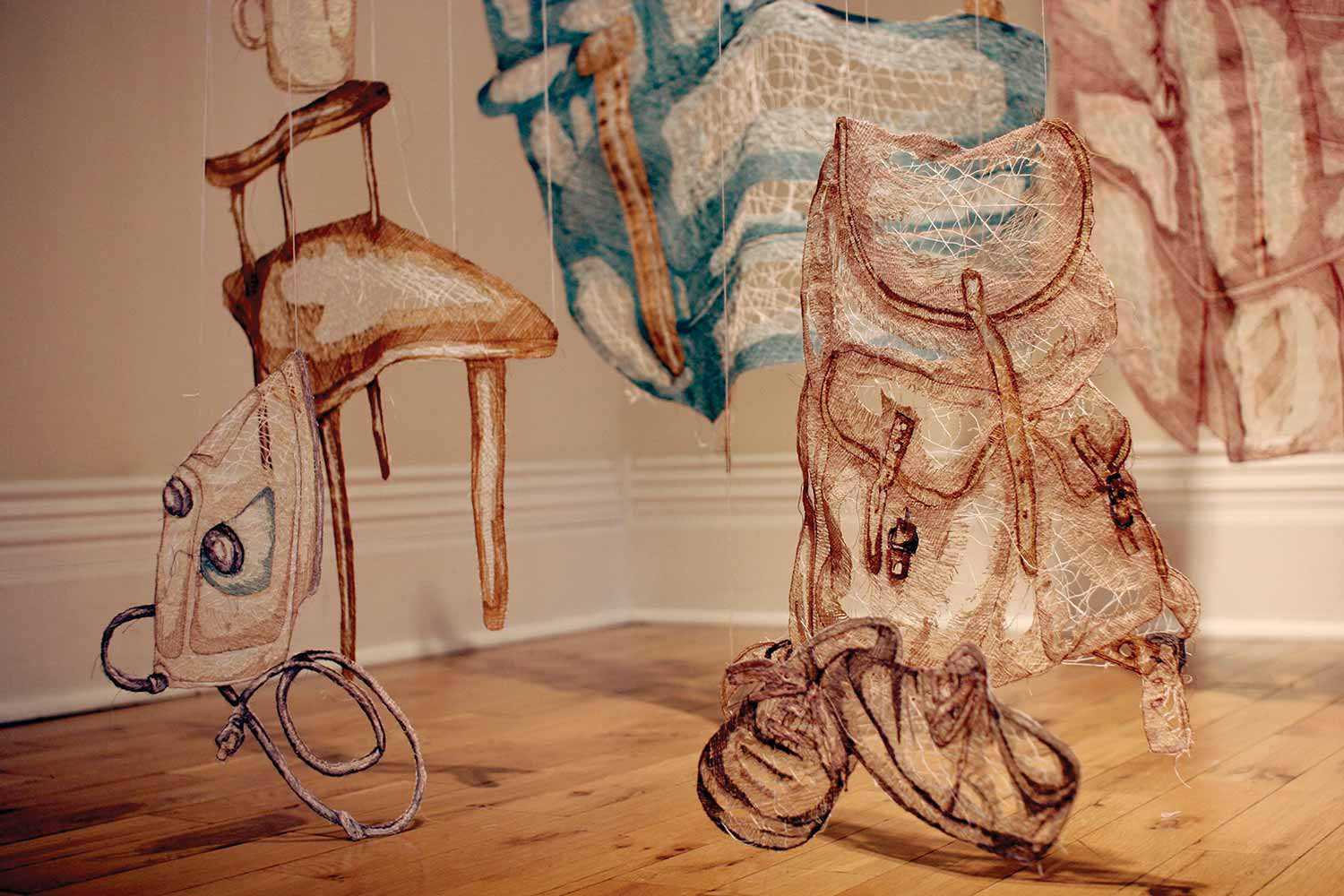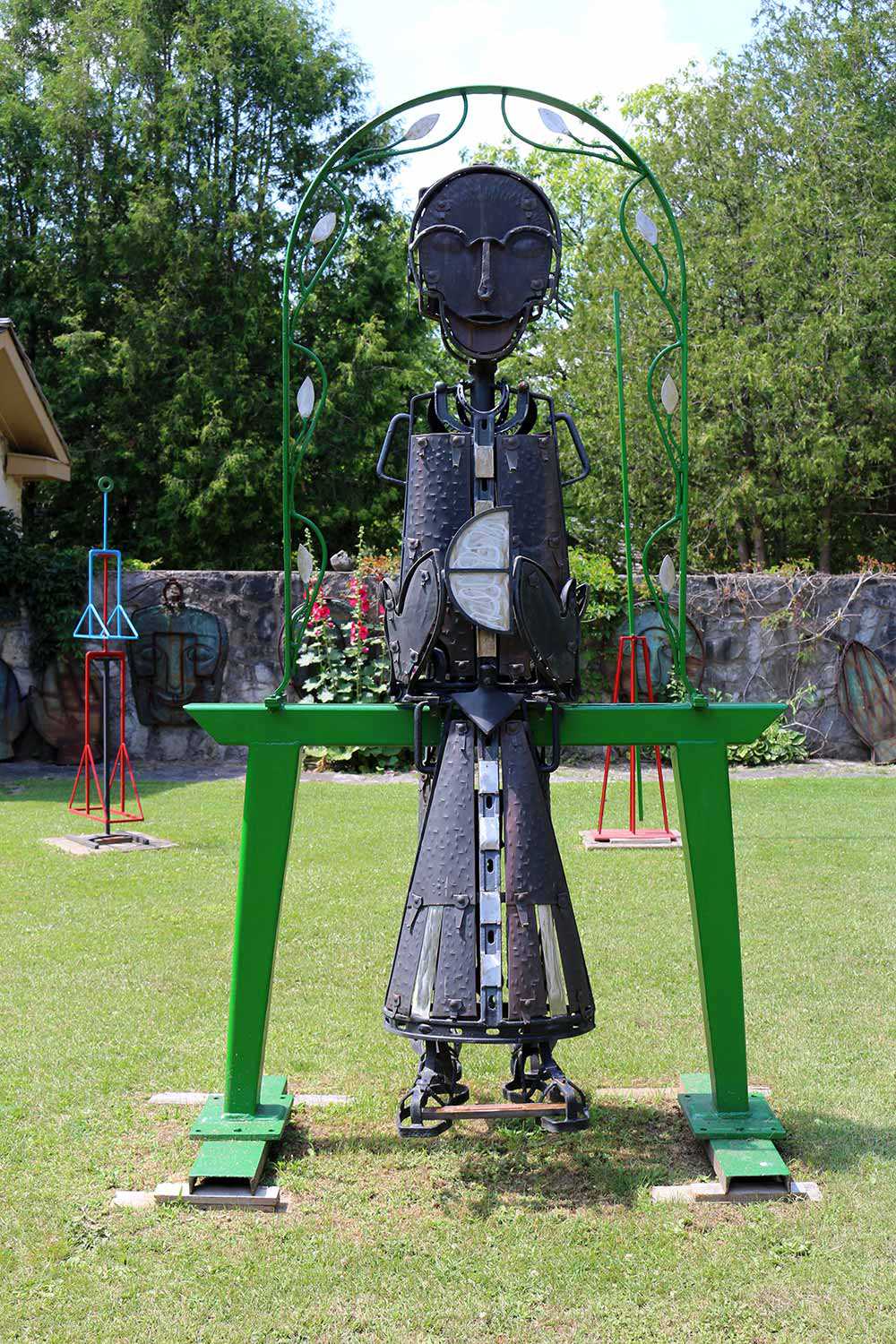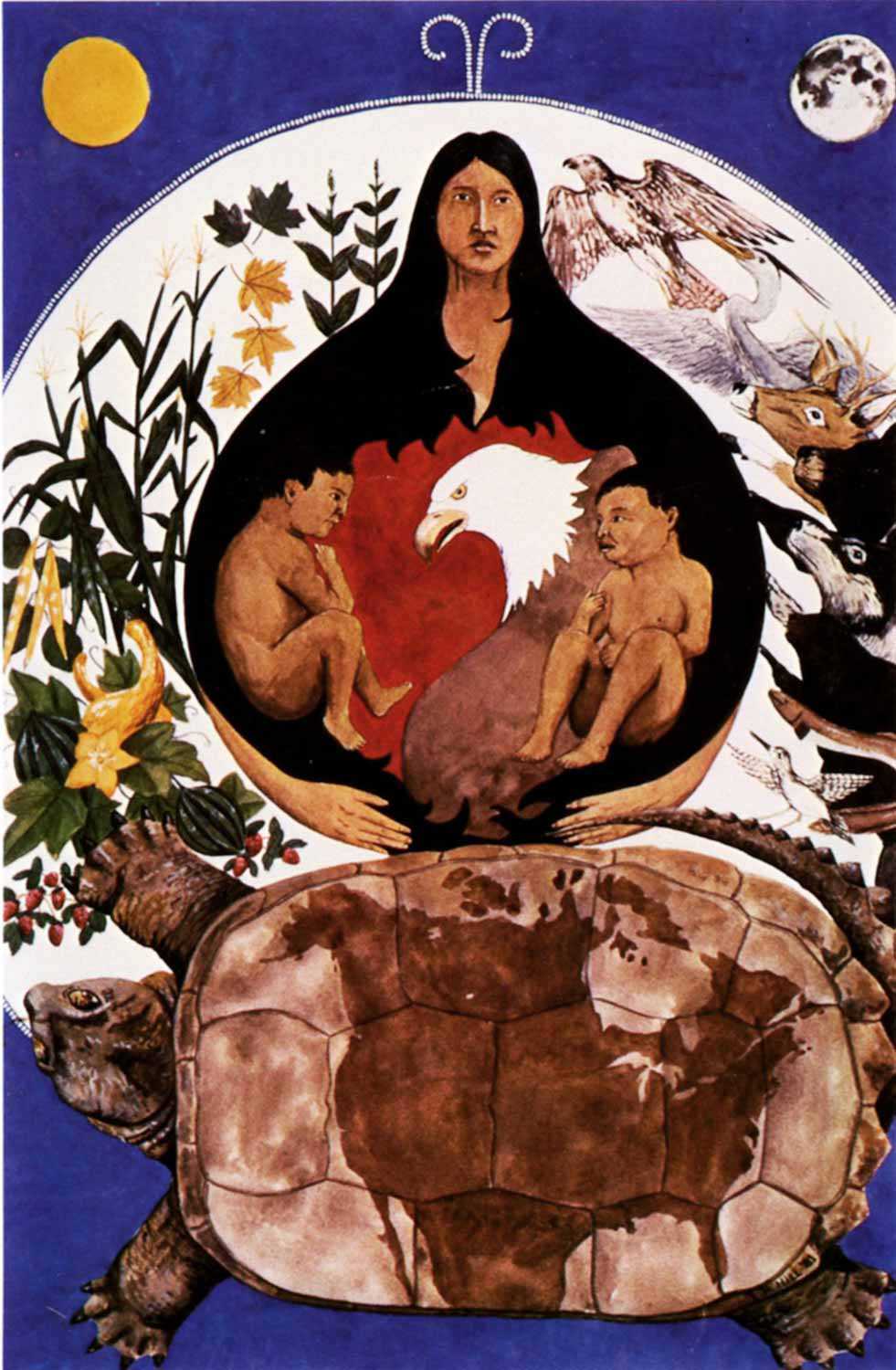

Browse by category
- Adaptive reuse
- Archaeology
- Arts and creativity
- Black heritage
- Buildings and architecture
- Communication
- Community
- Cultural landscapes
- Cultural objects
- Design
- Economics of heritage
- Environment
- Expanding the narrative
- Food
- Francophone heritage
- Indigenous heritage
- Intangible heritage
- Medical heritage
- Military heritage
- MyOntario
- Natural heritage
- Sport heritage
- Tools for conservation
- Women's heritage
Taking MyOntario on the road


"What does Ontario mean to you? While this is a broad question, its breadth is its strength. The Ontario Heritage Trust has taken this question on the road with the MyOntario Roadshow."
Travelling to festivals, museums and the like, we have been asking this question to people from Ottawa to Thunder Bay, and Temagami to Windsor. MyOntario recognizes the occasion of Ontario’s sesquicentennial anniversary and develops conversations with people in communities throughout Ontario. Our work through the Roadshow encourages the public to focus on their everyday experiences of life in the province, and to help us create a lasting record out of them by recording these contributions.
The answers we have been receiving to our question reflect the diversity in intangible cultural heritage in this province. MyOntario bolsters a shift in thinking about what heritage preservation means in the province, and develops a more inclusive acknowledgement of history, heritage and place. It is heritage built from the ground up, by individuals sharing stories in each community that we visit. In collecting stories from diverse communities and groups of Ontarians, this project recognizes the stories and processes of storytelling that are so integral to individual and group identities throughout the province. We’ve been encouraged by the excited voices of those we encounter, their faces lighting up to recount a favourite memory made in a place packed with personal significance.
We have tried hard to acknowledge and incorporate the multiplicity of lived experiences throughout Ontario. Though heritage buildings and historical sites are valuable connections to local history and place, many Ontarians do not see their heritage represented in the bricks and mortar of a Victorian mansion or beaux arts bank branch; these might be places that they did not enjoy the institutional power and privilege to occupy. Many people settled in – or Indigenous to – what is now Ontario have expressed their history through storytelling (oral traditions). MyOntario recognizes and is incorporating these diverse and intangible parts of Ontario’s past and present.
There are certainly recurring themes in the contributions we’ve received. Nature and natural heritage are perhaps the most common theme, from strawberry picking to canoeing on the Great Lakes. We’ve also received various interpretations of “home,” declared with equal enthusiasm by Ontarians who have moved here recently as well as those whose family has resided here for many generations.
People have shared sometimes difficult personal experiences, recalling the opportunities, hardships and triumphs experienced while planting roots in Ontario. The variety of ways that common themes have been addressed through different perspectives throughout our travels has illuminated commonalities and differences across the huge expanse of Ontario’s regions, revealing the local variations on shared experiences that make us all Ontarians.
These reflections present an accurate, down-to-earth recognition of what it means to live in or visit Ontario. The passion that visitors have exhibited at our booth is powerful. Through our interactions, we see the value that people find in community features like local parks and community centres. The enthusiasm and gratitude with which people share their history affirms that the work we are doing is important and must continue.
When MyOntario was launched in February 2017 in the last issue of Heritage Matters, many of its contributions were authored by public figures. As of August 2017, most are from everyday people who we’ve met at events. The project has been given voice and vibrancy through its many participants, and continues to become more inclusive and diverse.
We truly appreciate every person who has taken the time to stop and chat with us as we travelled to both familiar and new places. Thank you for your warm welcomes and your honest reflections. As this project is ongoing, we hope to see the collection of MyOntario perspectives and stories grow, illuminating the rich and diverse series of narratives that make up the intangible heritage of this province, and attempting to do it justice.

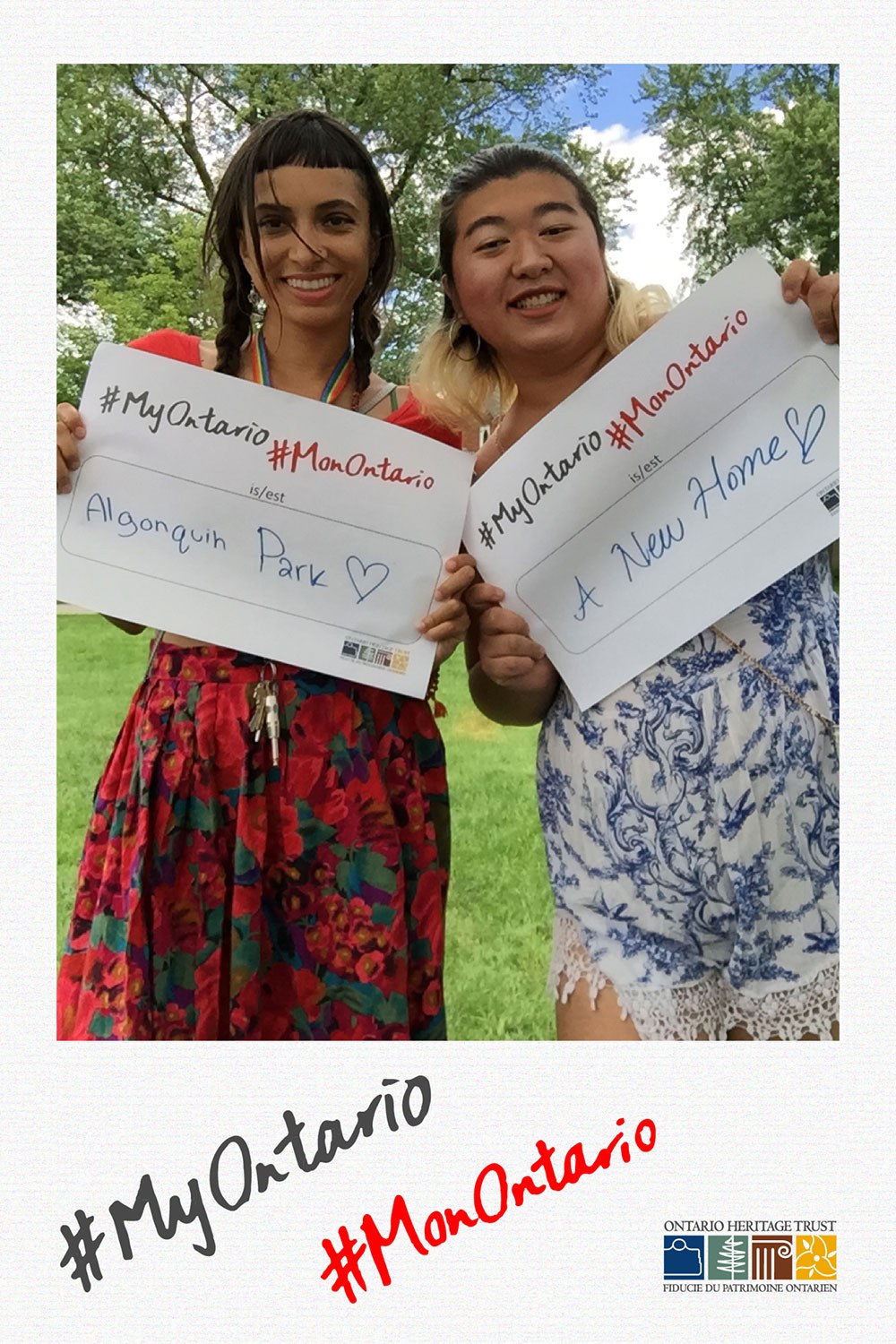














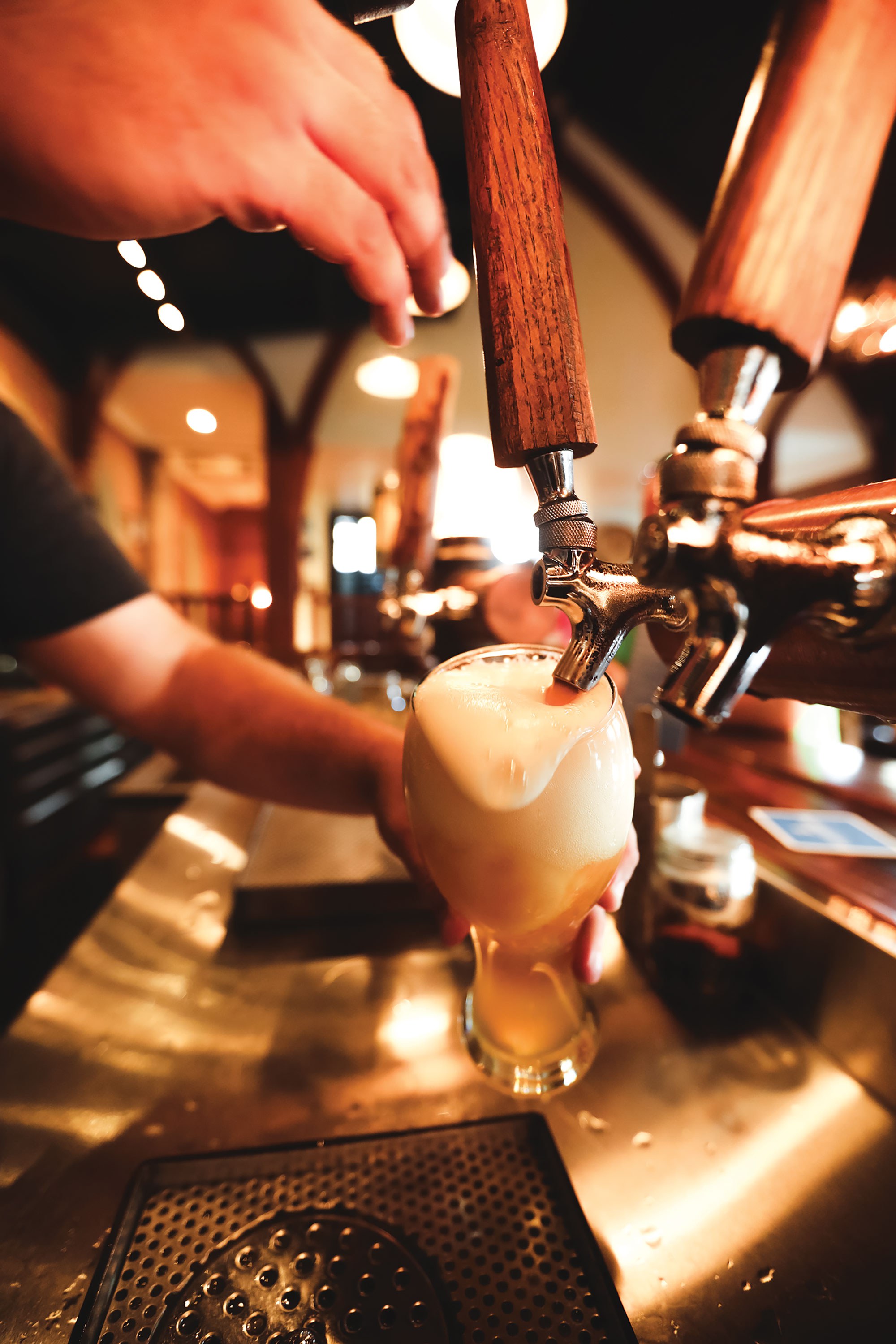
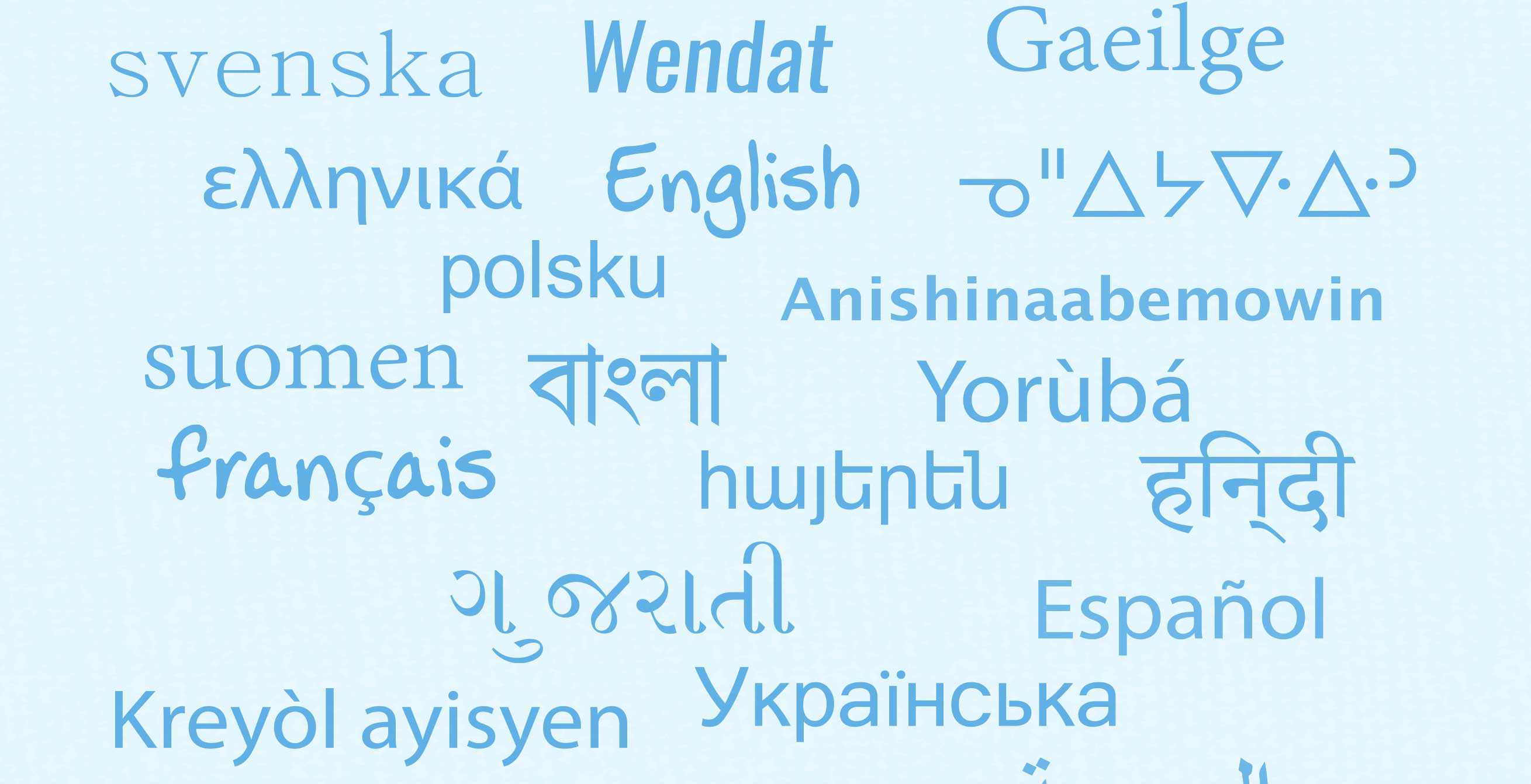
![Rose Lieberman, Rose [Hanford?] Green and Aaron and Sarah Ladovsky in front of United Bakers restaurant, Spadina Ave., Toronto, 1920. Ontario Jewish Archives, Blankenstein Family Heritage Centre, fonds 83, file 9, item 16.](https://heritage-matters.ca/uploads/Articles/SoupsOn_Archival_3505.jpg)

